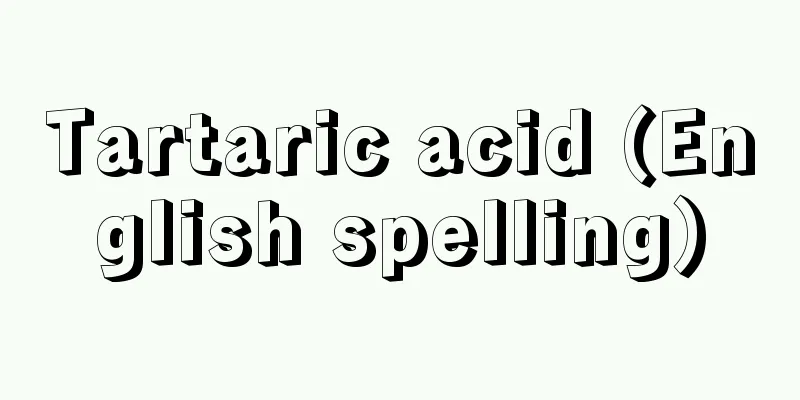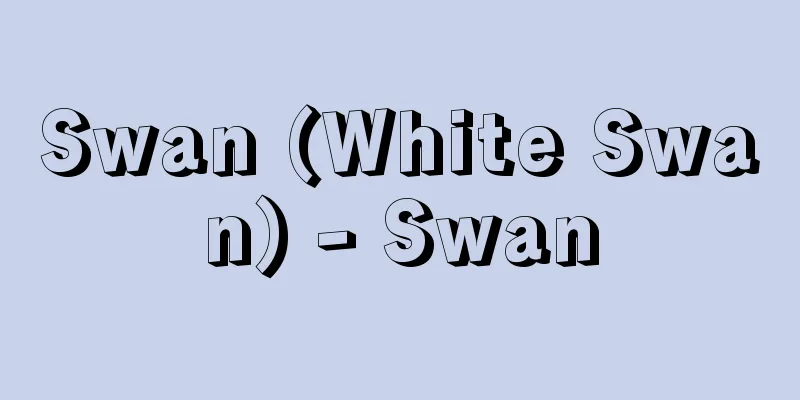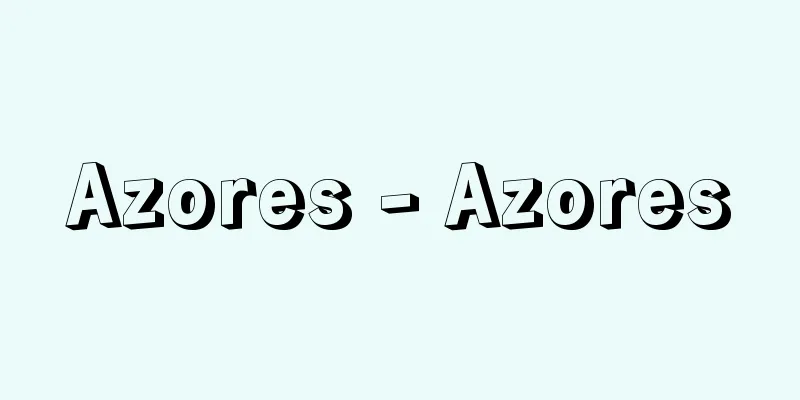Tartaric acid (English spelling)

|
It is a hydroxycarboxylic acid. It is also called 2,3-dihydroxysuccinic acid. Its chemical formula is C 4 H 6 O 6 and its molecular weight is 150.9. It was given this name because it is found in tartar, which precipitates during wine making. It has two asymmetric carbon atoms, but each of them has the same type of substituent (H, OH, COOH), so there are only three stereoisomers ( ). That is, dextrorotatory ( R , R )-tartaric acid, levorotatory ( S , S )-tartaric acid, and optically inactive ( R , S )-tartaric acid. ( R , S )-tartaric acid is also called mesotartaric acid. Meso isomers are isomers that have asymmetric carbon atoms but do not show optical rotation (optical activity). In the meso form, all three types of substituents bonded to the two asymmetric carbon atoms are in opposite positions, and the molecule has a center of symmetry, so it does not show optical rotation. Before the IUPAC provisional nomenclature was established in 1974, ( R , R )-tartaric acid was named L-tartaric acid, and ( S , S )-tartaric acid was named D-tartaric acid, and the nomenclature using D and L is still used today. A racemic mixture of equal amounts of ( R , R )-tartaric acid and ( S , S )-tartaric acid has a different crystalline form with no optical activity and is also called racemic acid. The term "racemic", which is commonly used to refer to an "equal mixture of optical isomers with no optical rotation", comes from this racemic acid. The main naturally occurring form is ( R , R )-tartaric acid, which is widely distributed in the plant kingdom as the free acid and calcium and potassium salts. ( R , R )-Tartaric acid was discovered in 1769 by Scheele of Sweden, followed by racemic grape acid in 1822. Furthermore, between 1848 and 1853, the French scientist Pasteur published a series of studies on optical activity, revealing that in addition to ( R , R )-tartaric acid, the optical resolution of racemic compounds produces levorotatory ( S , S )-tartaric acid, which does not occur in nature, and that mesotartaric acid exists, which cannot be optically resolved. Tartar, which is found in grapes and wine and is obtained during winemaking, is composed mainly of potassium hydrogen tartrate. This is refined to produce ( R , R )-tartaric acid. Another known production method uses maleic acid as a raw material. It is recognized as a food additive and is used as an acidulant in soft drinks, fruit juice, candy, jellies, jams, sauces, etc., along with citric acid and malic acid. It is also used in the dye industry, photography, and as a raw material for organic synthesis. [Masahiro Hirota and Yuko Suezawa] L-Tartaric acidMelting point: 168-170°C, specific gravity: 1.76, specific rotation: +11.98°. It dissolves well in water and quite well in ethanol (ethyl alcohol), but is almost insoluble in ether. When heated, it decomposes to produce carbon monoxide, carbon dioxide, acetone, acetic acid, pyruvic acid, etc. D-Tartaric acidIts properties are identical to those of L-tartaric acid, except that its specific rotation is the opposite sign, −11.98°. Mesotartaric acidMelting point: 140°C, specific gravity: 1.67 (monohydrate). Normally exists as a monohydrate, but when heated, it loses water of crystallization and becomes anhydrous. It does not show optical activity. [Masahiro Hirota and Yuko Suezawa] Grape acidMelting point: 206°C, specific gravity: 1.697 (monohydrate). When crystallized from water, a monohydrate is obtained, but when heated to about 100°C, it loses water of crystallization and becomes anhydrous. It does not exhibit optical activity. [Masahiro Hirota and Yuko Suezawa] [Reference] | | |©Shogakukan "> Fischer tetrahedral projection of isomers... Source: Shogakukan Encyclopedia Nipponica About Encyclopedia Nipponica Information | Legend |
|
ヒドロキシカルボン酸の一つ。2,3-ジヒドロキシコハク酸ともいう。化学式はC4H6O6、分子量150.9である。ワインをつくる際に沈殿する酒石に含まれているので、この名が与えられた。2個の不斉(ふせい)炭素原子をもつが、それぞれの不斉炭素原子が同じ種類の置換基(H、OH、COOH)をもっているので、立体異性体は3種類しかない()。すなわち、右旋性の(R,R)-酒石酸、左旋性の(S,S)-酒石酸、光学活性をもたない(R,S)-酒石酸である。(R,S)-酒石酸はメソ酒石酸ともよばれる。メソmeso異性体は「不斉炭素原子をもつが旋光性(光学活性)を示さない異性体」をさす名称である。メソ体では二つの不斉炭素原子に結合している3種の置換基がすべて正反対の位置にあって、分子が対称中心をもっているので旋光性を示さない。1974年にIUPAC暫定命名法が決まる以前は、(R,R)-酒石酸はL-酒石酸、(S,S)-酒石酸はD-酒石酸と命名されていて、現在でもDとLを使う命名法も使われている。(R,R)-酒石酸と(S,S)-酒石酸の等量混合物であるラセミ体は、光学活性をもたない別の結晶形をとり、ラセミ酸racemic acid(ブドウ酸)ともよばれる。「旋光性のない光学異性体等量混合物」をさして一般に使われている「ラセミ体」の語源はこのラセミ酸に由来する。 天然に存在するのは、(R,R)-酒石酸が主であり、遊離の酸、カルシウム塩およびカリウム塩として広く植物界に分布している。(R,R)-酒石酸は1769年スウェーデンのシェーレにより発見され、その後1822年にはラセミ体のブドウ酸が発見された。さらに1848年から1853年の間にフランスのパスツールが光学活性についての一連の研究を発表し、ラセミ体を光学分割すると、(R,R)-酒石酸のほかに天然に存在しない左旋性の(S,S)-酒石酸が得られることや、光学分割できないメソ酒石酸が存在することが知られた。 ブドウやワインに含まれていて、ワイン製造の際に得られる酒石は酒石酸水素カリウムを主成分とする。これを精製して(R,R)-酒石酸がつくられる。このほかにマレイン酸を原料とする製法が知られている。食品添加物として認められていて、清涼飲料水、果汁、キャンディー、ゼリー、ジャム、ソースなどの酸味料としてクエン酸、リンゴ酸などとともに用いられている。このほかに染料工業、写真、有機合成原料などに用いられる。 [廣田 穰・末沢裕子] L-酒石酸融点168~170℃、比重1.76、比旋光度+11.98°。水によく溶け、エタノール(エチルアルコール)にもかなり溶けるが、エーテルにはほとんど溶けない。加熱すると分解して、一酸化炭素、二酸化炭素、アセトン、酢酸、ピルビン酸などを生ずる。 D-酒石酸比旋光度の符号が反対で、-11.98°である点を除くと、性質はL-酒石酸と同じである。 メソ酒石酸融点140℃、比重1.67(一水和物)。普通、一水和物として存在するが、加熱すると結晶水を失い無水和物となる。光学活性は示さない。 [廣田 穰・末沢裕子] ブドウ酸融点206℃、比重1.697(一水和物)。水から結晶させると一水和物が得られるが、加熱すると100℃ぐらいで結晶水を失い無水和物となる。光学活性は示さない。 [廣田 穰・末沢裕子] [参照項目] | | |©Shogakukan"> フィッシャー四面体投影式による異性体の… 出典 小学館 日本大百科全書(ニッポニカ)日本大百科全書(ニッポニカ)について 情報 | 凡例 |
Recommend
Kokon Yakusha Rongo Sakigake - Kokon Yakusha Rongo Sakigake
A collection of Kabuki actors' reputations and...
Police Duties Execution Law - Police Duties Execution Law
This law (Law No. 136, 1948) generally provides f...
Conquest of Choshu
The Tokugawa shogunate dispatched troops to the C...
Tissue culture
… In vitro culture of animals can be broadly divi...
Zeno [of Elea] (English spelling)
Ancient Greek philosopher, 490-440 BC. Born in the...
Abū al‐'Atāhiya
748 to 750 - 825 to 828 A poet of the Abbasid peri...
Kibi no tasa - Kibi no tasa
Dates of birth and death unknown. A powerful clan...
Aither (English spelling)
A Greek word referring to the "upper heavens&...
Howells, William Dean
Born March 1, 1837 in Martins Ferry, Ohio [Died] M...
Sunday Mainichi
A general weekly magazine published by the Mainich...
Brandy - Brandy (English spelling)
The word brandy comes from the Dutch word brandew...
Cryptochaetum grandicorne (English spelling)
…It does not refer to a specific insect, but is a...
Umru' al-Qays (English spelling)
...From about the 8th century, the ancient poetry...
Brennan, C.
...This trend reached its peak in the 1890s with ...
Hwanung - Kanyu
… [Literary myth] The main written myths are as f...









